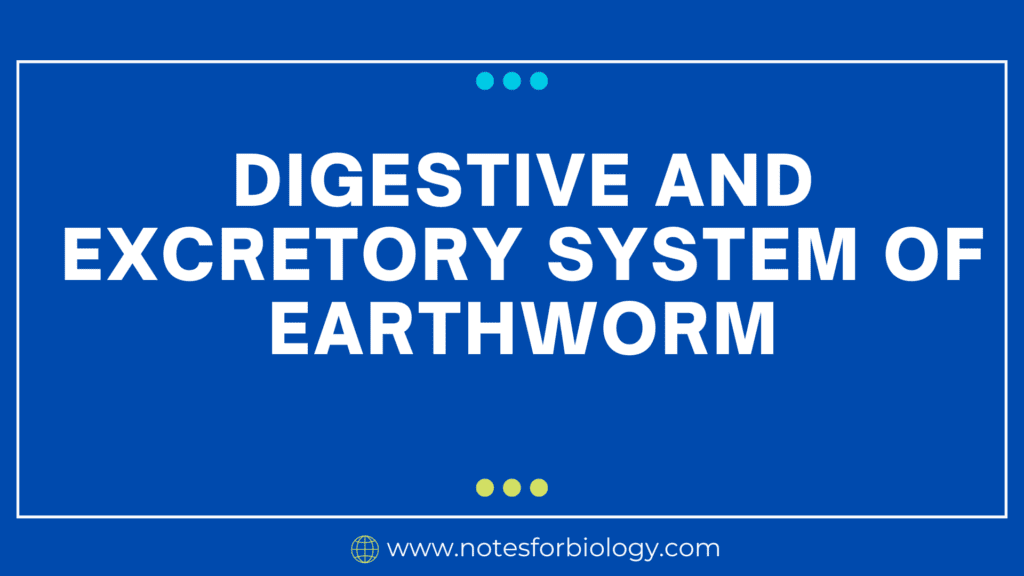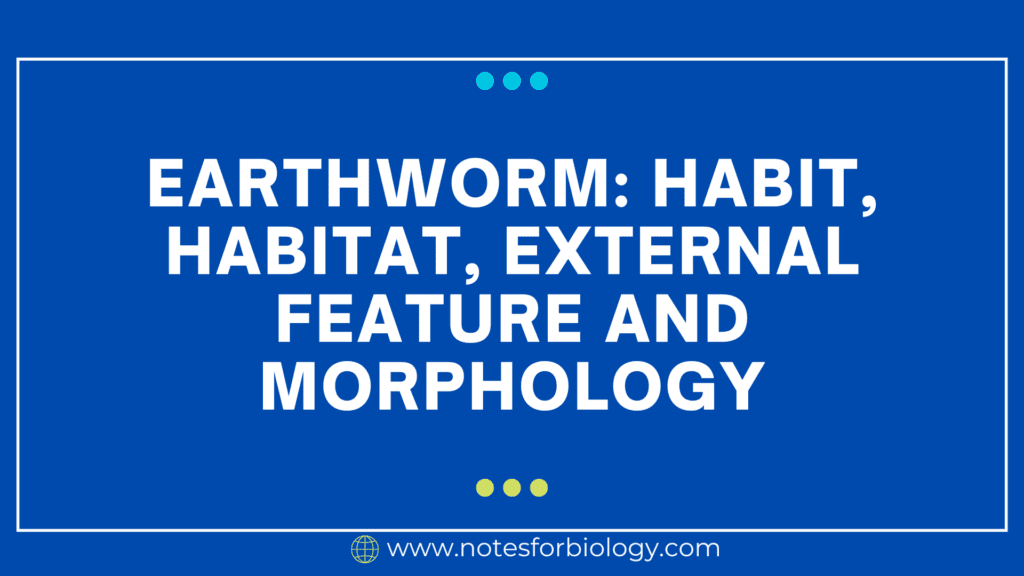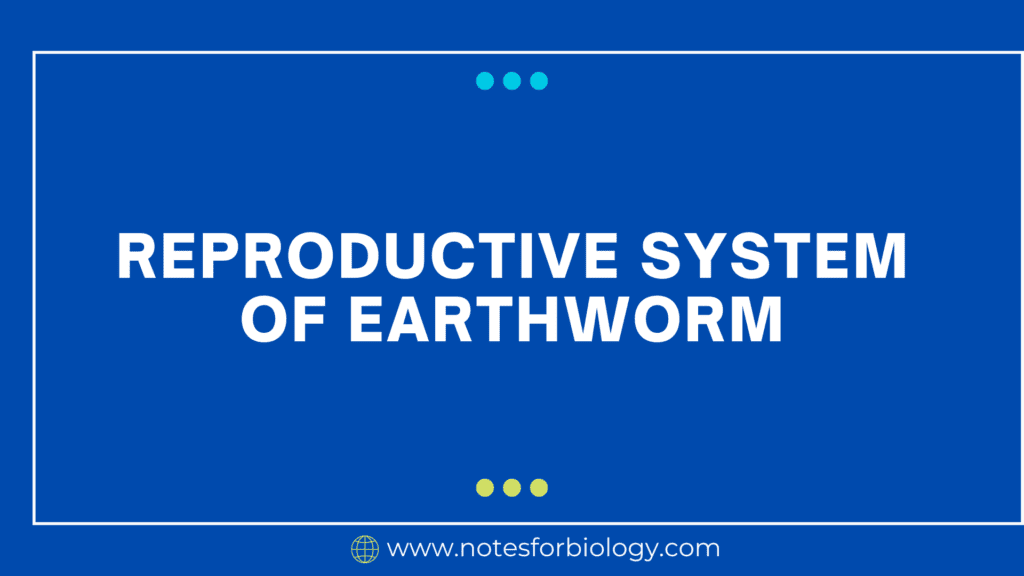Earthworm
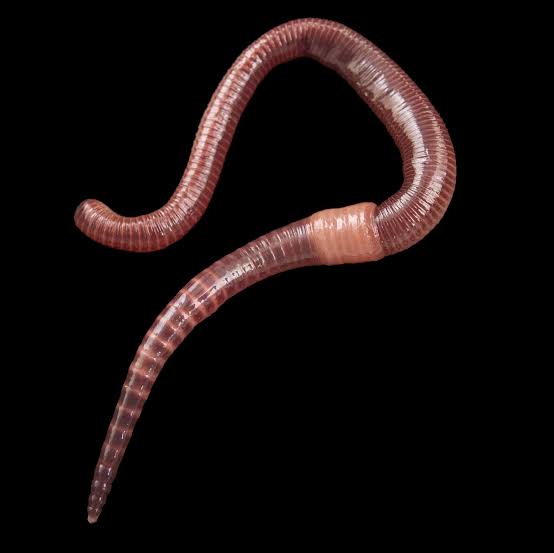
As detritivores, earthworms consume decomposing organic debris for food. Their body’s lengthy, tubular digestive tract is intended to convert this organic materials into nutrients that can be used by them. Here’s a breakdown:
Table of Contents
Mouth
The journey begins at the mouth, located at the anterior end of the worm. It have no teeth, but their mouth is equipped with a muscular pharynx that helps them draw food in.
Pharynx
The pharynx, a muscular tube, draws food into the digestive tract. It also secretes mucus to lubricate the passage of food.
Esophagus
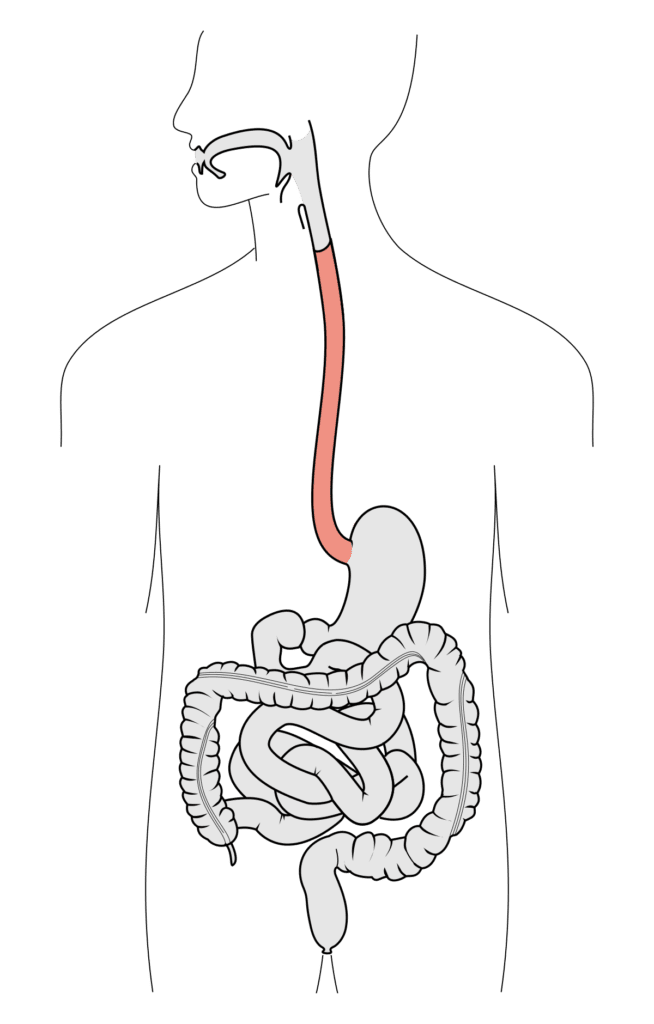
The esophagus is a short, thin tube that connects the pharynx to the crop. It doesn’t play a significant role in digestion but simply transports food onwards.
Crop
The crop is a thin-walled, expandable sac that stores food before it’s further processed. It allows the earthworm to consume large amounts of food quickly, storing it for later digestion.
Gizzard
This muscular, grinding organ comes after the crop. It contains small, gritty particles like sand that the earthworm has ingested, acting as “teeth” to grind the food into smaller pieces. This mechanical breakdown of food is crucial for further digestion.
Intestine
This long, coiled section is where digestion and absorption take place. Here, enzymes break down food into usable nutrients, which are absorbed into the bloodstream. The intestine is the longest part of the digestive system, where most of the digestion and absorption take place. Here, enzymes secreted by the intestinal lining break down the food into its usable components. The intestine also has a typhlosole, a fold that increases the surface area for absorption of nutrients.
Typhlosole
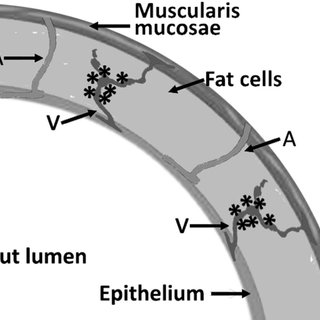
A fold in the intestine’s lining increases surface area for absorption.
Anus
The final stage where undigested waste is expelled from the body.
Excretory System
Earthworms have a unique system known as nephridia to get rid of metabolic waste.
Nephridia: The body of the earthworm is covered in these microscopic, tube-like structures. The fluid around the internal organs, called coelomic fluid, is filtered by each nephridium to remove waste materials.
Nephrostome: Waste is collected by a funnel-shaped aperture at the start of each nephridium.
Nephridiopore: The nephridium’s tip, which opens to the worm’s exterior and permits waste to be expelled as urine.
Connecting the Digestive and Excretory Systems
The earthworm’s digestive and excretory systems cooperate to make sure it survives. Food is broken down by the digestive system to release energy and nutrients. By eliminating toxic metabolic waste products, the excretory system preserves the integrity of the interior environment.
Important lessons gained:
With the help of a unique digestive system, earthworms are able to effectively extract nutrients from decomposing organic materials.
Nephridia, which make up their excretory system, eliminate waste from the body.
To ensure the health and survival of the earthworm, both systems cooperate.
Further Exploration
Research the different types of earthworms and their dietary preferences.
Investigate the role of earthworms in soil health and nutrient cycling.
Learn about the anatomy and physiology of other invertebrates, comparing their systems to those of the earthworm.
Remember, the earthworm is a fascinating creature with a vital role in our ecosystem. By understanding its digestive and excretory systems, we can appreciate its incredible adaptations and the important contributions it makes to the environment.
Frequently Asked Questions(FAQ)
What is the role of Typhlosole ?
Typholsole is a fold in the intestine’s lining increases surface area for absorption.
What is the role of intenstine in digestive systyem ?
he intestine is the longest part of the digestive system, where most of the digestion and absorption take place. Here, enzymes secreted by the intestinal lining break down the food into its usable components. The intestine also has a typhlosole, a fold that increases the surface area for absorption of nutrients.
Related Articles

